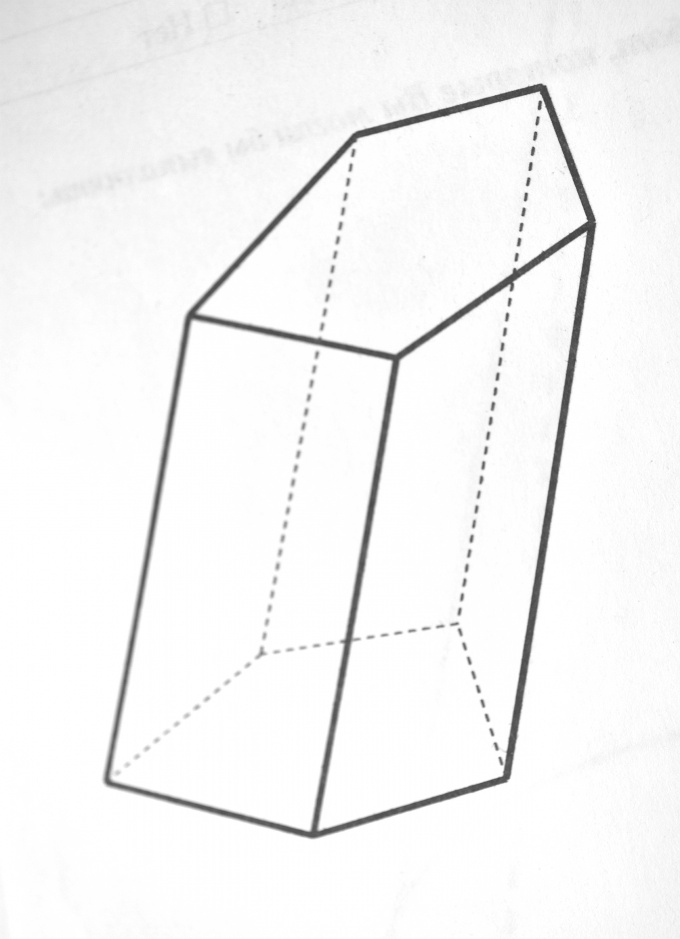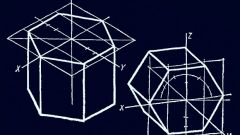You will need
- Paper, pen, calculator
Instruction
1
Polygon lying in the base of the prism may be a right, that is so, all sides equal, and wrong. If the base of the prism lies in a regular polygon, compute its area by the formula S=1/2P*r, where S is the area of a polygon P is the polygon perimeter (sum of lengths of all its sides), and r is the radius of the circle inscribed in the polygon.
2
To visualize the radius inscribed in a regular polygon of a circle is possible, dividing the polygon into equal triangles. The altitude drawn from the vertex of each triangle to the side of the polygon that is the base of the triangle will be the radius of the inscribed circle.
3
If an irregular polygon, to compute the area of a prism you need to split it into separate triangles and find the area of each triangle. Area of triangles is found by the formula S=1/2bh, where S is the area of the triangle b - side, and h is the height drawn to the side b. Once you have calculated the area of all triangles making up the polygon, just sum these areas to get the total area of the base of the prism.


